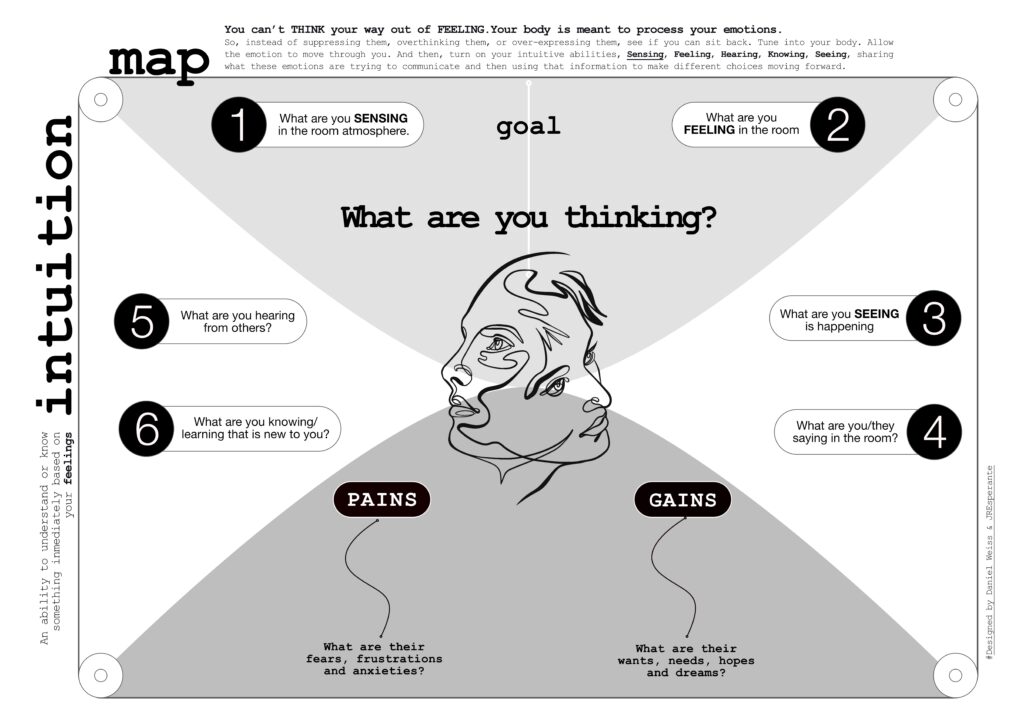intuition map
Sensing, Hearing, Seeing, Saying, Feeling
Pencil this:
Generally speaking, there is a perception that learning only consists of assimilating a series of concepts, statements and formulas in the head to the point of acquiring mastery over them to be able to apply them to the real world. But how many times have we scrutinized all the information we are given? Do we ever reflect on whether what we are given is true, beautiful or morally correct? How do we instil in students the ability to think critically in an era in which misleading messages, misinformation or junk content proliferate throughout the network?
It involves getting students, children and young people to ask themselves questions at a deeper level to unravel the ideological, technological and cultural complexity that clouds our world. It is essential to learn the multiplication tables or to know the periodic table’s chemical elements and to develop a creative, open, responsible mind, ready to respond to the significant challenges facing humanity today.
Schools are “social structures in charge of watching over human development” because “There are many ‘bits of intelligence’ in each person, unique powers that each of us has in our head to develop”.
To understand how they feel, what they see, what they hear and how their education impacts them, we have created this Intuition Map.
How to use the template
The designed template derives from the empathy map concept used in service business design.
We noticed teachers needed a more clear tool to extract the emotions experienced by their students while learning a lesson or working in teams.
Two ways of using it:
- You are working on Project Base Learning (PBL), and then in the middle of the project, ask them to fill in the template with post-its. You will be amazed by their reflections. You will sense the need for NON-Violent Communication (NVC) activities or the implementation of liberating structures such as Drawing Monsters.
- You can leave it permanently in the classroom, and they can post how they feel daily. Understanding them will contribute to their empowerment and create a safe learning environment.
· Debrief with the students the content’ Post-it
· Final tip: teach them a Post-it is filled in CAPITAL Letters and one concept per Post-it
